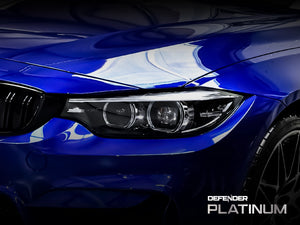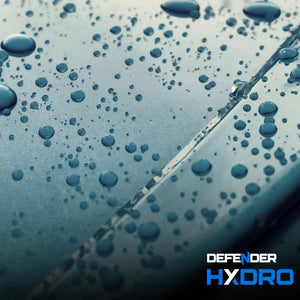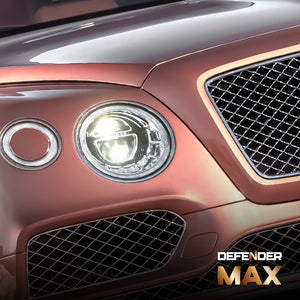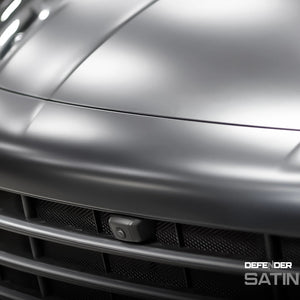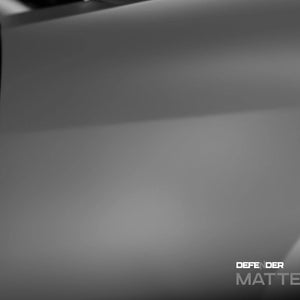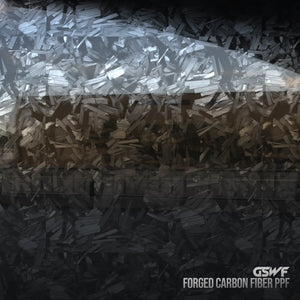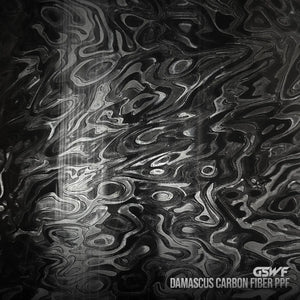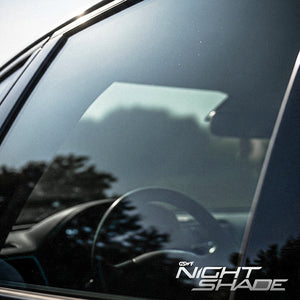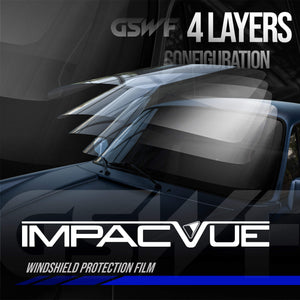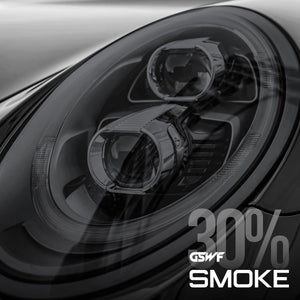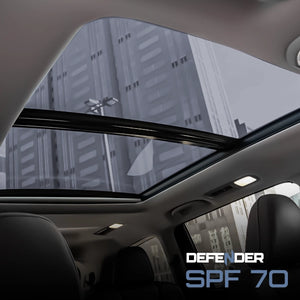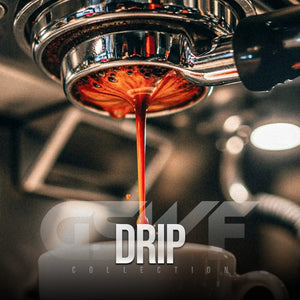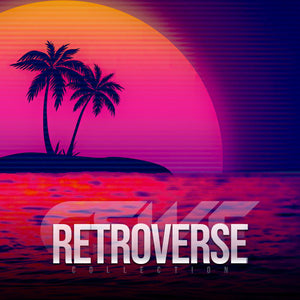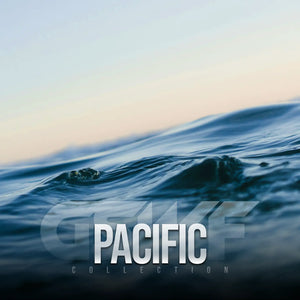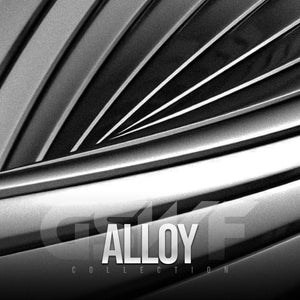
Share
If you care about how your car looks, you’ve probably Googled this at some point: how long does PPF last. I did, the first time I watched a small stone flick up on the highway and land right on my freshly polished hood. Paint protection film sounds simple—like a clear raincoat for your paint—but the story of how long it keeps working depends on a few moving parts. In this guide, I’ll unpack those parts in plain English and show you how GSWF builds films that go the distance without dulling your paint’s personality.
A quick spoiler before we dig in: the honest answer to how long does PPF last isn’t one fixed number. It’s a range, shaped by where you live, how you drive, who installed the film, and what the film itself is made from. If that sounds like a lot, don’t worry. Once you see the main levers, it becomes easy to make choices that add real years to your protection.
The 7 Key Factors Dictating PPF Lifespan
Let’s make this practical. When friends ask me how long does PPF last, I walk them through seven simple factors. You can think of them as knobs you can turn up or down to influence the final timeline.
- Film chemistry and build: Cheap PVC films can look good out of the box, but they age faster. Premium TPU like the base material in GSWF films stays flexible, clear, and self-healing for a long time.
- Installer skill: A pro installer doesn’t just lay film but they finesse it. Proper surface prep and edge wrapping can be the difference between ten quiet years and edges that lift after a summer.
- Climate: Desert sun accelerates oxidation like in dubai salty coastal air can attack adhesives; sub-zero winters punish brittle films. Location changes the equation.
- Driving routine: Highway commuters take more rock hits than city cruisers. Rural gravel roads? Double it.
- Wash habits: pH‑neutral soap, soft mitts, and microfiber drying keep micro‑marring down. Harsh brush tunnels and strong solvents shorten any film’s lifespan.
- Aftercare products: Silica toppers and ceramic-friendly detail sprays add slickness and UV resistance, helping the film shrug off grime.
- Honest inspections: A quick monthly look edges, impact zones, front bumper catches little issues before they become big ones.
Stack these in your favor and the answer to how long does PPF last gets much more encouraging. Neglect a few of these and even a good film will age before its time. Real-world example? Two identical sedans, both wrapped the same week. One lives in a garage, sees weekend drives, and gets hand-washed. The other sleeps curbside under a tree, hits a brush wash twice a month, and spends summers on a sun-baked highway somewhere in the middle east. Five years later, the first still looks showroom; the second is ready for a refresh. Same product but different outcomes.

PVC vs TPU: Why Material Choice Defines PPF Longevity
Here’s the fork in the road. Ask any detailer how long does PPF last and they’ll ask you what it’s made of. PVC is the budget path: stiff, more prone to yellowing, and not great at self-healing. It does a job, just not for as long. TPU, the backbone of GSWF’s films, is supple and optically clear, with a surface that rebounds from light swirls when warmed by sunlight or hot water. If you’re weighing cost versus calendar years, TPU usually wins on total value. You’re not replacing it as often, you’re not staring at amber tinting, and you keep that crisp paint color you fell in love with on delivery day. It’s the difference between a film that merely survives and a film that still looks great at year eight.
Proper Care for Maximizing PPF Lifespan
Care is where owners have the most control. If you want the best possible answer to how long does PPF last, make friends with a gentle wash routine. Skip harsh chemicals. Avoid abrasive sponges. Rinse first, wash second, dry with a clean microfiber towel. It’s boring advice, sure but it works every time.
Quick care checklist:
- Stick with pH‑neutral shampoo and a soft wash mitt.
- Keep a dedicated microfiber stack just for paint and film.
- If you love touchless washes, choose ones that don’t use caustic chemicals.
- Top the film occasionally with a sealant designed for PPF to add slickness and UV support.
- Don’t pick at edges if you see lift, get it addressed early.
One customer who drives through construction zones weekly told us his front bumper takes a beating. He keeps a small spray bottle of gentle detailer in the trunk. After messy drives, he gives the film a quick wipe before road grime bakes on. Tiny habit, big payoff. Another owner schedules a quarterly wash-and-inspect: 30 minutes to clean, dry, and check edges. That ritual catches small nicks before they become eyesores. If you’ve layered a ceramic coating over the film, great just remember the coating protects the surface, not the adhesive underneath. Regular, sane maintenance still rules the day.
GSWF’s 10-Year Promise: Why We Stand Out
We build our films to be worry‑free. The self‑healing top coat is there to keep daily wear in the rear‑view mirror, and the optical clarity is tuned so the film disappears over factory paint. Backed by a 10‑year warranty against common aging issues, it means the question how long does PPF last comes with a confident, real‑world answer for GSWF owners. Technology helps, but consistency matters more: controlled resin sourcing, tight coating tolerances, and installers who are trained on patterns that actually fit. It’s unglamorous manufacturing discipline the kind that lets you forget the film is even there. And should something go wrong, support is straightforward: document the issue, visit an approved installer, and get a clear path to resolution.
We also obsess about the look. A protective product that dulls your paint is missing the point. GSWF films are designed to keep the color true and the gloss crisp, so your car looks like your car just better defended.
When to Replace PPF? GSWF’s Diagnostic Guidelines
Nothing on a car is truly forever. So when does film retirement make sense? If you’ve wondered how long does PPF last after a hailstorm or a few track days, here’s a simple checklist we share with customers.
- Deep gouges that don’t self‑heal with warmth.
- Noticeable yellowing or a milky haze you can’t wash away.
- Edges lifting around tight curves or high‑impact zones.
- A rough, dry feel that wasn’t there in the first years.
- Localized cracking on panels that see heavy sun.
When two or more show up at once, a replacement panel is usually cheaper than letting the area deteriorate. Our installers can spot‑replace a single section so you don’t pay for a full redo. If you’re unsure, swing by for a quick evaluation we’d rather catch a small issue early than talk about a full front-end refresh later. If you’re unsure, schedule a free inspection.
To end the note, how long does PPF last. In average conditions, lower‑tier films clock in around three to five years. With high‑grade TPU, careful installation, and sane maintenance, seven to ten years isn’t wishful thinking it’s normal. That’s the path GSWF is engineered for.

